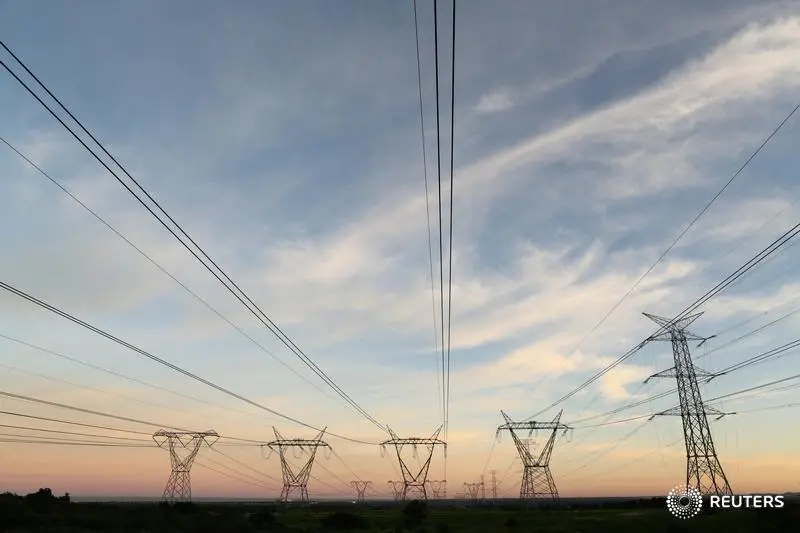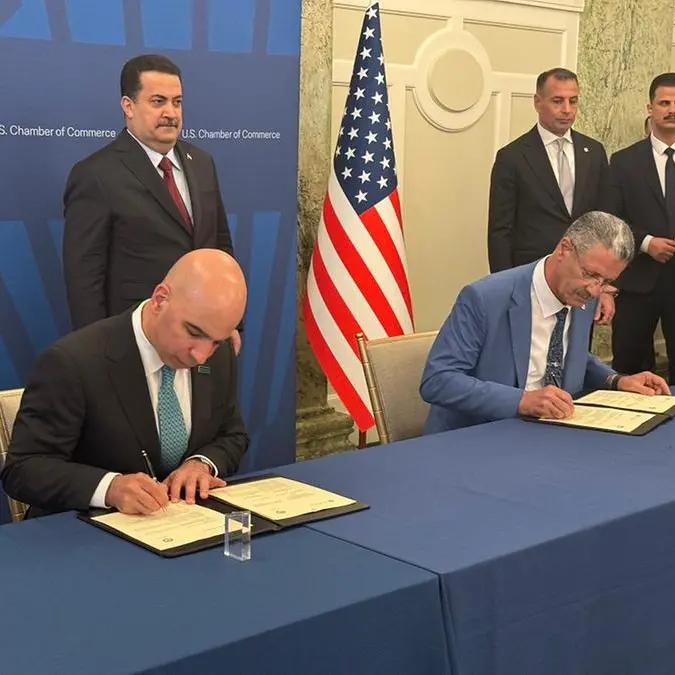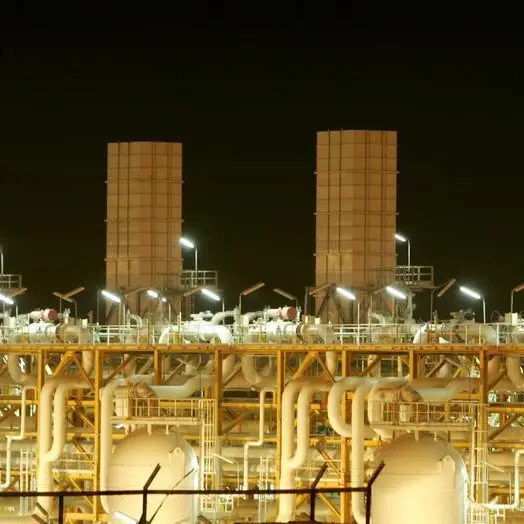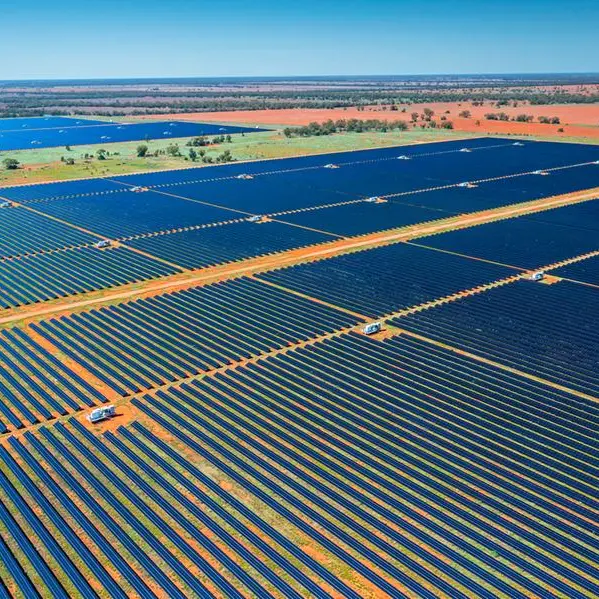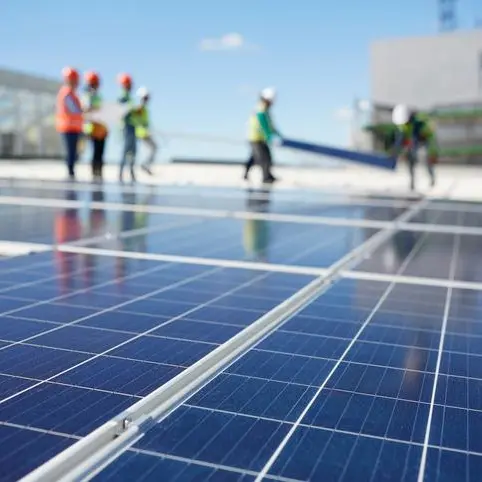PHOTO
Government subsidy to the electricity sector is projected to rise to RO 625 million in 2019, up from an estimated RO 580 million this year an increase that the Authority for Electricity Regulation Oman (AER) has dubbed as unsustainable.
The uptick comes despite the implementation of subsidy-free Cost Reflective Tariffs (CRT) for large industrial, commercial and government consumers early last year a move that has nonetheless has spurred dramatic reductions in energy use by many among the targeted segment.
However, rising population growth continues to drive up electricity demand especially in the subsidised residential sector a trend the Authority hopes to cap and reverse through an intensive campaign in support of energy efficiency and conservation.
According to Qais Saud al Zakwani (pictured), Executive Director & Member of AER Oman, electricity subsidy for the sector is actually projected to top RO 700 million in 2019, absent the implementation of Cost Reflective Tariffs.
An estimated 10,000 large customers with power consumption rates exceeding 150 megawatt-hours per annum fall under the subsidy-free Cost Reflective Tariffs scheme. Saddled with higher tariffs, these customers are now encouraged to switch their operations to off-peak hours and thereby take advantage of lower tariffs a measure that has been embraced by a sizeable number of consumers in a bid to mitigate the impact of higher electricity costs on their profitability and bottomline.
Having eliminated subsidy for large consumers, the residential sector now remains the biggest beneficiary of subsidy, accounting for 85 per cent of the estimated subsidy allocation of RO 625 million in 2019, said the Executive Director. This figure is anticipated to grow if effective measures are not adopted to combat the uptrend, he noted.
For its part, the Authority has already taken steps designed to sensitise residential consumers to the quantum of subsidy they enjoy by highlighting this figure in their monthly bills. In some cases, the subsidy component can be in excess of 50 per cent of the monthly electricity bill a feature that many consumers were initially unaware of, according to Al Zakwani.
By including the subsidy amount in their monthly bills, the Authority hopes to nudge consumers into embracing behaviours that favour electricity conservation and energy efficiency, he said. However, any decision to reduce or eliminate subsidy for the residential or other consumer segments is primarily the prerogative of the Council of Ministers and not the Authority, per se, he stressed.
The electricity subsidy for 2017 was pegged at RO 456 million, representing a 8.3 per cent decrease compared to figures for 2016.
Subsidy per customer dropped by 14 per cent from RO 463 in 2016 to RO 398 in 2017, while subsidy per unit of electricity declined from RO 16.44 per MWh in 2016 to RO 14.09 per MWh in 2017.
The reduction of subsidy per customer was largely attributable to the introduction of Cost Reflective Tariffs for large consumers with effect from January 1, 2018.
2018 © All right reserved for Oman Establishment for Press, Publication and Advertising (OEPPA) Provided by SyndiGate Media Inc. (Syndigate.info).
